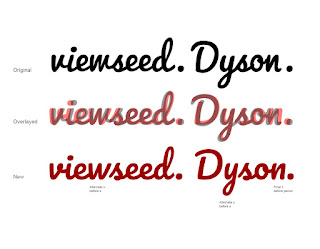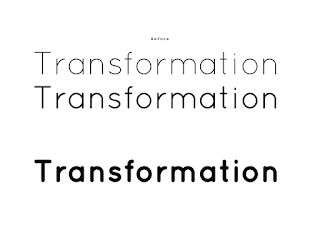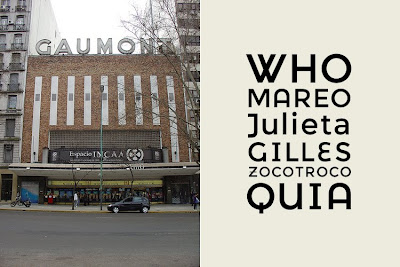Expletus Sans was added to Google Web Fonts this week.
Jasper de Waard, born in 1996, first came in contact with the beauty of type design when he was 10, and developed his skills as a type and graphic designer ever since. He was born and raised in Rotterdam, the Netherlands, and went to a bilingual high school there, training him to read and write English fluently and have a more international focus. He is currently in his third year, three years before his exam. He hopes to continue his practices in the fields of type and graphic design after he finishes school and release many more typefaces in the future.
His love for the tiny details, balance in proportions and urge for perfection made him into what he is today. However, the great support and feedback from people on several forums can't be denied as a great source of inspiration and evaluation material, giving him a greater understanding of the method behind type design. He is also available for custom type work and identity design.
Q: What inspired you to create the font?It was a single x in a logo that started me off, but it was largely a search for my own opinions in type design so in a way you could say Expletus Sans was 'self-inspired'.
Q: Did you try to accomplish something specific with this font, and did you succeed?I wanted to create a look that was completely different from everything I knew. I feel like I definitely succeeded in this.
Q: What kinds of documents are most appropriate for this font?It could be used for anything that needs a good dose of elegance. I would personally love to see it in identity work.
Q: Designing a new font is a long journey. What inspires you to keep motivated throughout all the different stages?Ones I put my mind to something, I finish it. With designing a typeface I feel like I have no choice. Once I've started, I get obsessed with perfection. Apart from that, it was the many great responses I got on the internet on my work that kept me motivated.
Q: What is your favourite part of the type design process, and why?The very beginning. Trying to work out the basic lines of a concept and see the skeleton of the typeface emerge. It pleases me most, because it's the fastest and most rewarding process. After that it's months of tiny little details.
Q: Can you recommend how other type designers can learn the skills involved in making a font like this?Start drawing or straight on the computer and post your work on as many type-related websites as you can think of. Take your time to read through feedback and never dismiss an idea before you have seen it. Don't give yourself a deadline. You'll never make it in time.
Q: What are your favourite fonts, and why?All fonts by Robert Slimbach, because of his brilliant eye for perfection. Dolly, because of it's comfortable, yet fresh feel. The Centro superfamily, for excellence throughout all styles. Many more, for even more different reasons.
Q: What do you think could be improved about the type design process?Multiple Master should be used more extensively and automated processes like iKern are underrated.
Q: How do you feel about publishing your font as an open source project?It just happened to me. I never particularly thought about it, until you knocked at my door. It seems like a good way to start and increases the chance of seeing my work in use. I feel like it gives me the chance to make the world just a little bit more beautiful and let others enjoy that too, without charge.
Posted by Dave Crossland






